Casalarreina, La Rioja: history, wine and heritage alongside the Oja River
In the heart of north-western La Rioja, bathed by the waters of the Oja River and nestled in a fertile plain, stands Casalarreina, a town that breathes history from every stone and beats with the hospitality of its people. This municipality, formerly known as Naharruri, is a compendium of heritage, nature and tradition, a destination that invites you to immerse yourself in the cultural richness of La Rioja. With its roots intertwined with ancient Roman roads and medieval kingdoms, Casalarreina is not just a point on the map, but an experience for travellers seeking authenticity and charm.
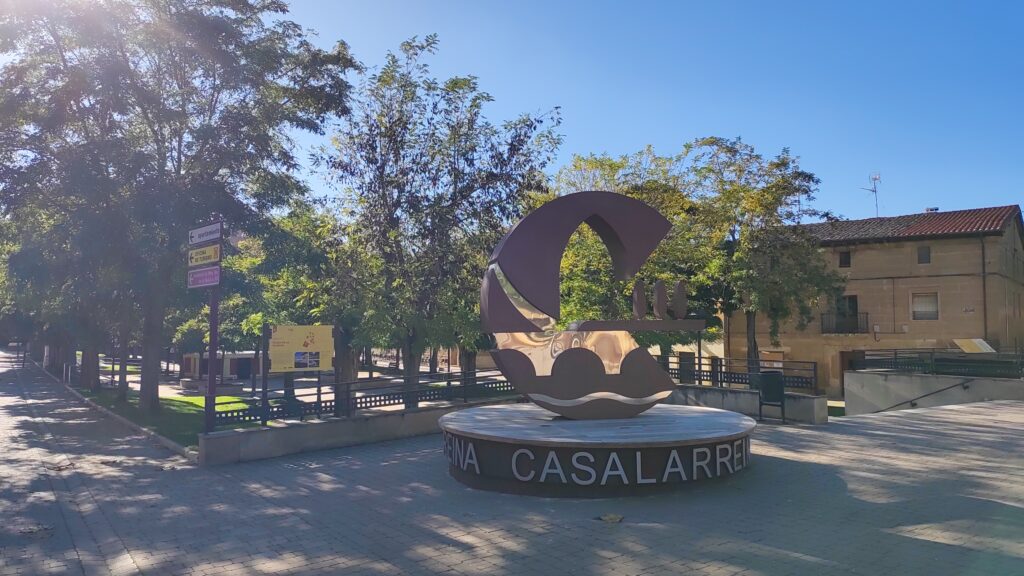
A town with a stately history
The origins of Casalarreina date back to the 11th century, but it was in the 16th century when it reached its peak thanks to the protection of the nobility and the economic boom in the area. The town belonged for a long time to the Counts of Cirac and later to the Velasco family, one of the most influential in the north of the peninsula. From this golden age, we still have several manor houses and an enviable religious heritage. It is said that Juana I of Castile, ‘Juana la Loca’, mother of Charles I, lived temporarily in the Palacio de los Condestables.
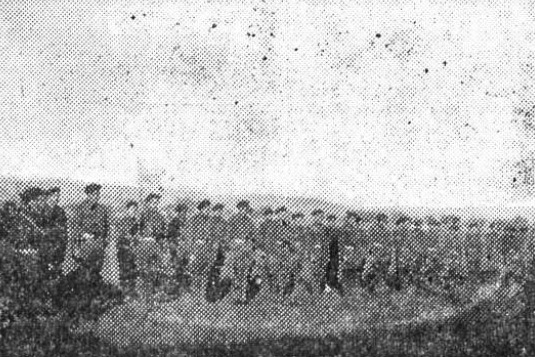
This royal residence, documented more by popular tradition than by reliable records, was the catalyst for Naharruri to adopt its current name: Casalarreina. Its strategic value on the banks of the Oja River encouraged the settlement of religious orders, merchants and pilgrims. Casalarreina has managed to preserve its legacy and was declared a Historic Site in 1975, in recognition of its invaluable heritage.

What to see in Casalarreina: A walk through architectural and natural heritage
Casalarreina is a veritable open-air museum, a Historic-Artistic Site where every street and every building tells a part of its past.
Monastery of Nuestra Señora de la Piedad
Imposing and majestic, this Dominican monastery is the jewel in the crown of Casalarreina. Its construction, begun in 1514 by order of Juan Fernández de Velasco, Bishop of Calahorra, is an early example of the Renaissance in Spain. Its façade, a masterpiece believed to have been created by sculptors of the stature of Juan de Balmaseda and Cristóbal de Forcia, dazzles with its ornamental richness and subtle reconciliation of pagan and Christian doctrines. The monastery, declared a Site of Cultural Interest in 1977, is a testament to the prosperity and patronage of the period.
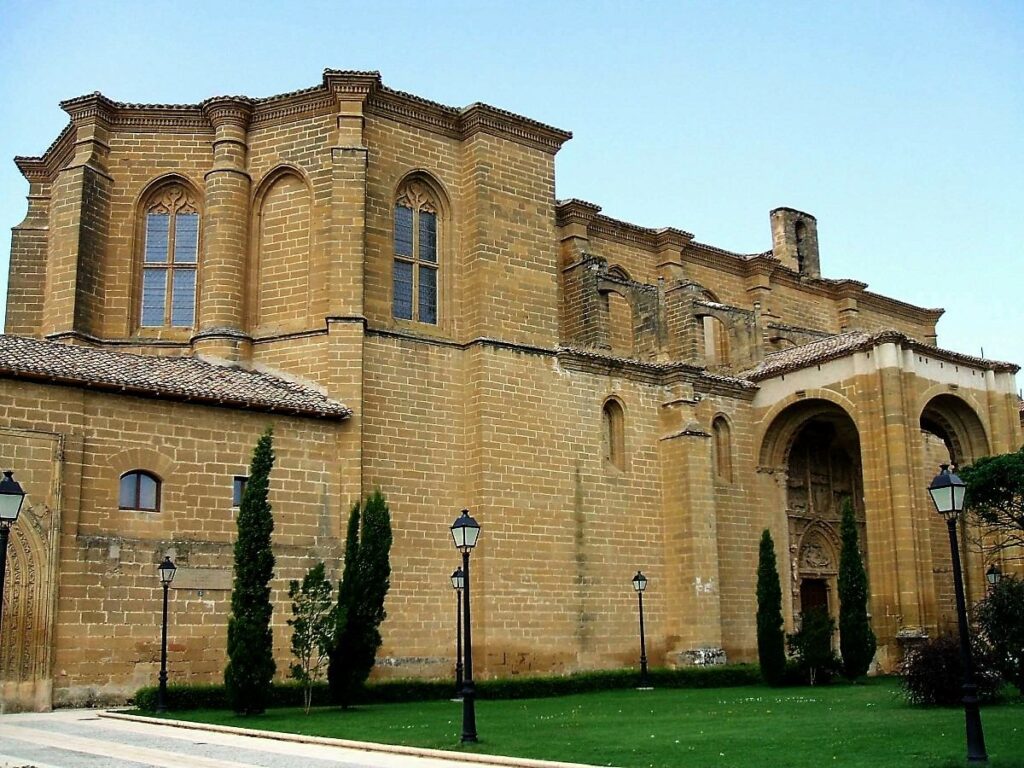
Church of San Martín
Of medieval origin and rebuilt in the 16th century, the Church of San Martín is another must-see. Its imposing ashlar tower, added in the 18th century, stands at the foot of the temple. Inside, a spectacular Rococo altarpiece, which incorporates Romanesque elements from an earlier work, catches the eye. The star-shaped ribbed vaults covering the nave and the unique Gospel chapel complete a complex of great artistic and historical value.

Hermitage of San Román de Ajuarte
On the outskirts of the town, this 12th-century hermitage is the last vestige of the ancient village of Ajugarte. Despite having been used for less dignified purposes in the past, its square Romanesque apse, with its ribbed vault and unique modillions, remains a testament to medieval architecture. Recently acquired by the Town Council, efforts are being made to preserve this key piece of Romanesque architecture in La Rioja.
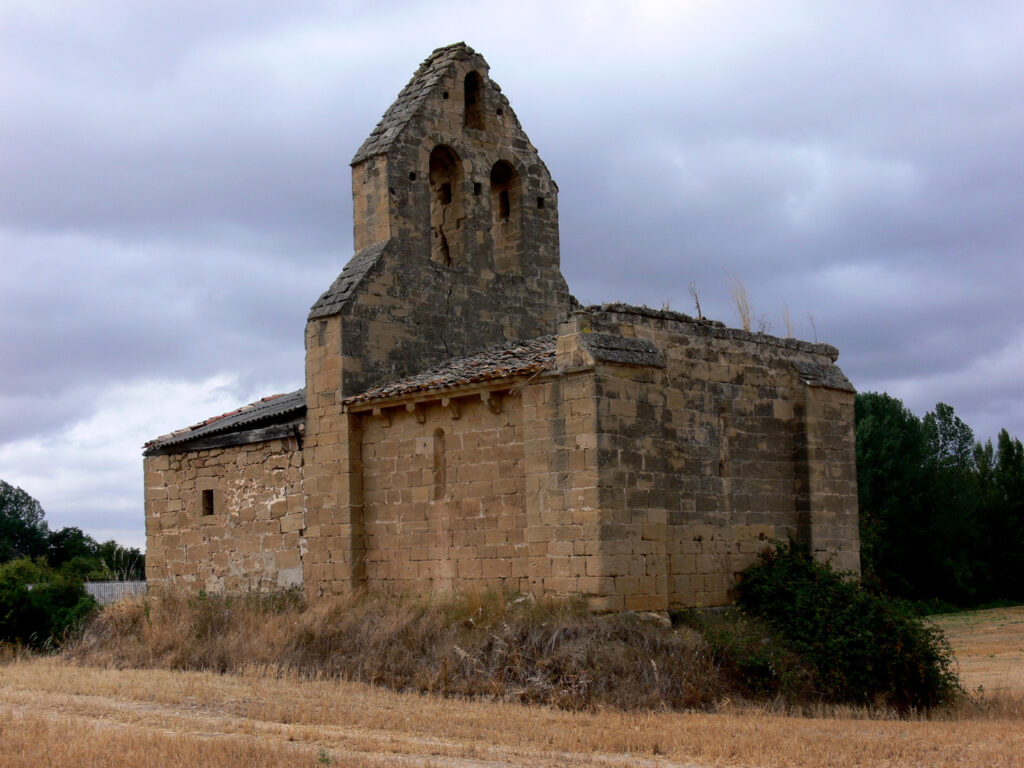
Old bridge over the River Oja
A few metres from the monastery of Nuestra Señora de la Piedad is the medieval bridge that crosses the River Oja, one of the most important watercourses in La Rioja Alta. This masonry bridge, possibly of Roman origin although rebuilt in medieval times, was part of the old road between Burgos and Haro. The area around the bridge is one of the most pleasant places in the municipality, ideal for walking, taking photographs or simply sitting and enjoying the river landscape. In spring and autumn, the riverbank is bathed in intense colours that reflect all the natural beauty of the area.
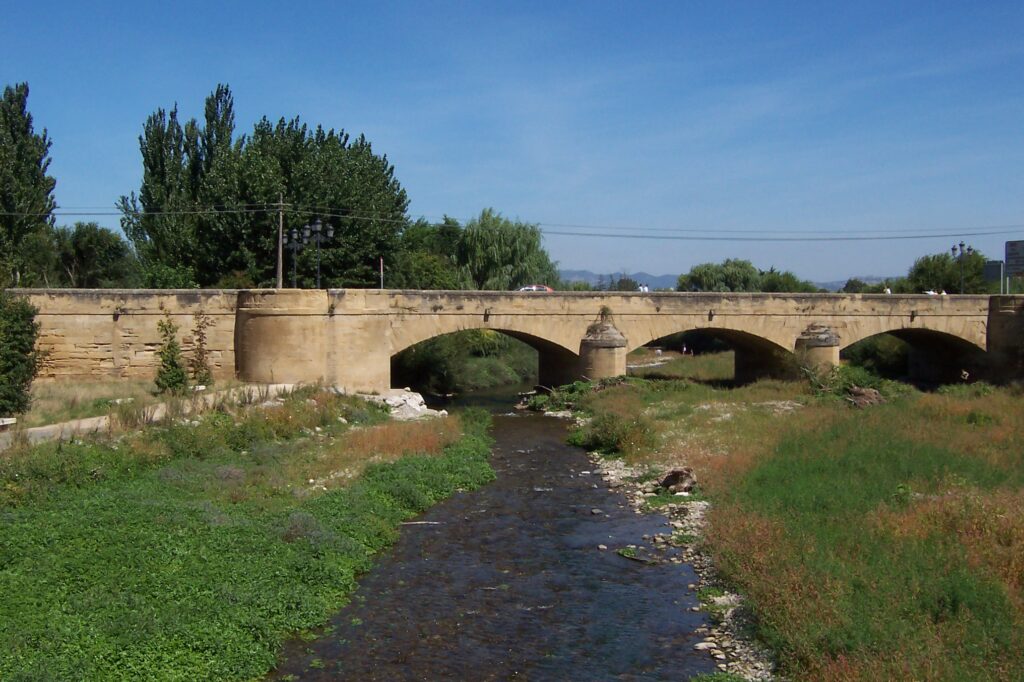
Plaza de La Florida
The Plaza de la Florida is the epicentre of life in Casalarreina, an open and vibrant space surrounded by historic buildings and emblazoned mansions. Here you will find the Town Hall, an 18th-century building whose neoclassical façade invites contemplation and tranquillity. It is the ideal place to enjoy the atmosphere of the village, have a coffee and watch local life go by. In addition to its buildings, Casalarreina boasts a well-maintained network of parks and gardens, such as the Fuente de Pobes Park, the Estanque Park and the Solidaridad Park, which offer green spaces for recreation and enjoyment of nature.
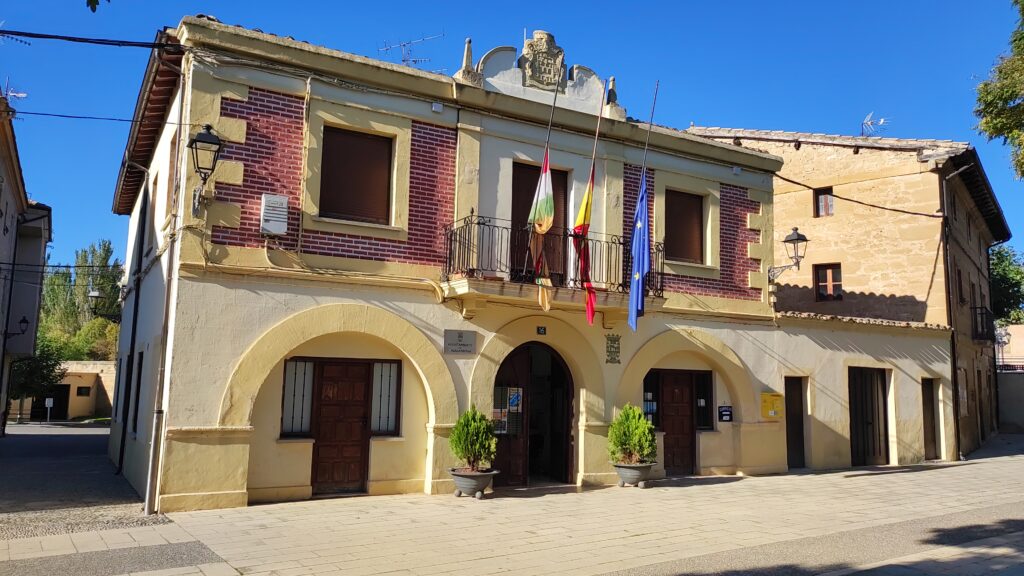
Palaces and stately homes: echoes of the nobility
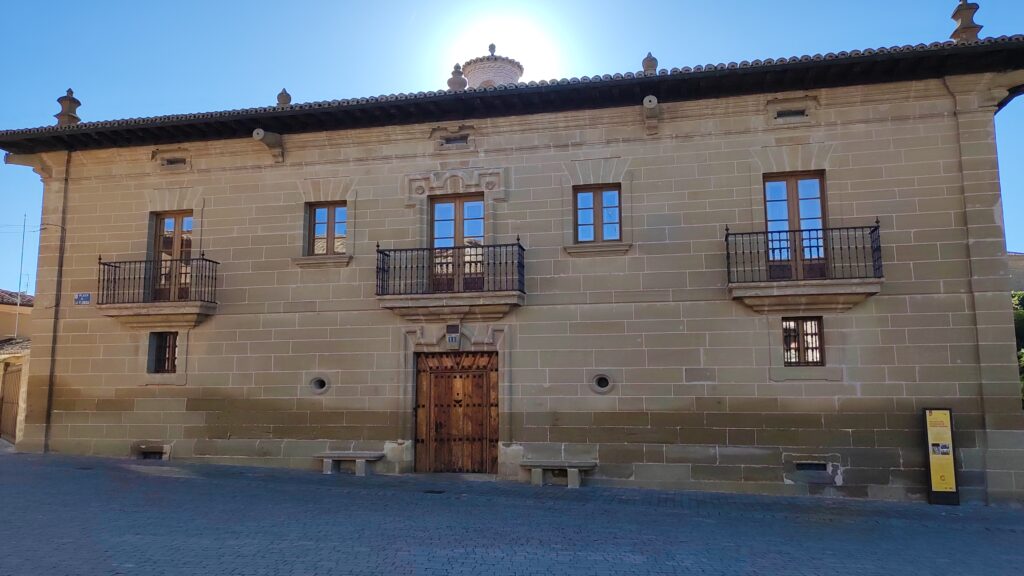
- Pobes Palace (or Hacienda de los Pobes) (photo above): another vestige of Renaissance civil architecture in La Rioja, this 16th-century palace, although privately owned, is distinguished by its ashlar façade and coat of arms, which bear witness to the influence of noble families such as the Pobes in local history.
- Palace of the Condestables of Castile (photo below): Undoubtedly the most emblematic civil building in Casalarreina. Built in the 16th century, this ashlar palace was home to historical figures such as Queen Juana la Loca and Pope Adrian VI. Although it has suffered damage and restoration work, its architectural features and historical significance make it a landmark. Its presence reinforces the idea of Casalarreina as a place of passage and residence for important personalities.
- Palace of the Marquis of Vargas: An 18th-century Baroque gem, this three-storey palace is located in the Plaza de la Florida. Its mixed-line doorways and windows, corbelled balconies and the coats of arms adorning its façade make it an outstanding example of the stately architecture of the period. Still inhabited, it is a living reflection of the survival of the past in the present.
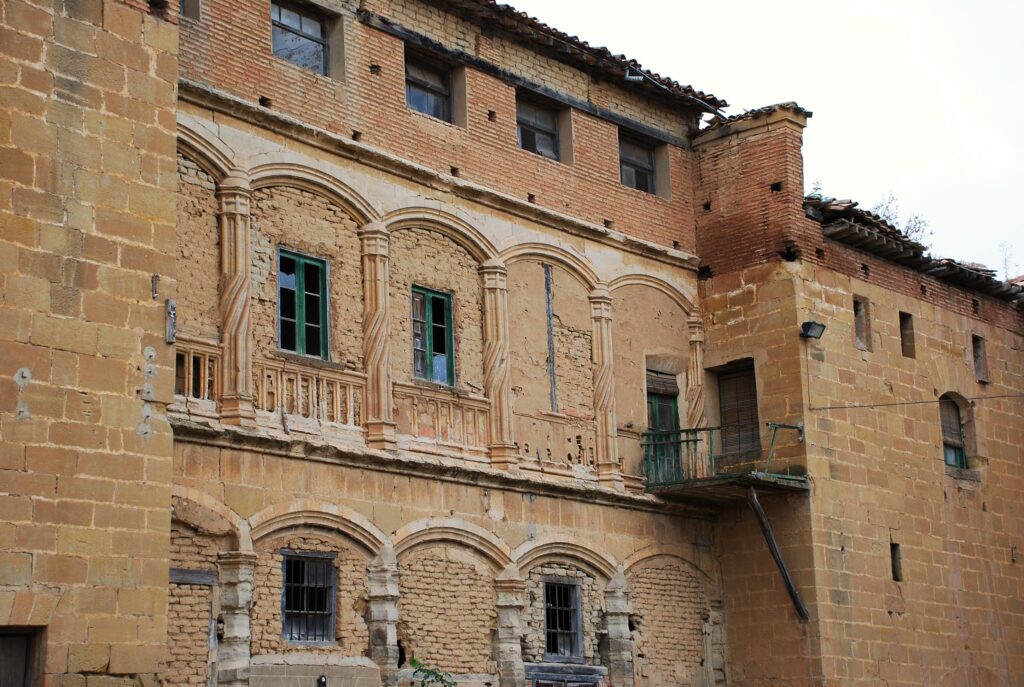
Wine tourism and gastronomy
- Being very close to Haro and other major wine-producing towns such as Briones and Cuzcurrita de Río Tirón, Casalarreina is also part of the Rioja wine landscape. Within the municipality itself there are several small and medium-sized wineries that can be visited by appointment, such as Bodegas La Emperatriz and Viña Olabarri.
- In terms of gastronomy, Casalarreina stands out for its traditional local cuisine, where vegetables from the garden, lamb, artisan sausages and, of course, wine play a leading role. On special dates such as Easter and the Feria de la Piedad, it is also common to find local produce markets and outdoor tastings.

Traditions and Festivities: Life in Casalarreina
Casalarreina is a village that knows how to celebrate, and its festivities are a window into its most deeply rooted traditions and the joy of its people.
- San Juan and the Battle of the Wine (Sanjuanada): On 24 June, the town is transformed into a party with the unique Battle of the Wine, a celebration that culminates at the Pobes Fountain with dancing, music and the traditional ‘bath in wine’. A modern bacchanal where the Town Hall provides wine and chorizo buns, guaranteeing fun and, for the more daring, the risk of ‘sweet intoxication’.
- Classical Music Festival: In August, the Monastery of La Piedad becomes the stage for this prestigious festival, attracting classical music lovers and creating a unique cultural atmosphere in an unrivalled historical setting.
- San Vítores: On 26 August, San Vítores is honoured in a festival that keeps local customs and fervour alive.
- Thanksgiving Festival to Our Patron Saint, the Virgin of the Field: On the Saturday following St. Matthew’s Day (21 September), Casalarreina honours its patron saint with an emotional celebration.
- St. Martin: Although he is the patron saint of the parish, St. Martin is commemorated on 11 November, a reminder of the deep faith that permeates the life of the village.
The Medieval Fair, held in August, transports Casalarreina to another era, with its inhabitants dressed in period costumes, workshops on ancient crafts, archery shows and exciting knight fights, offering an immersive experience for the whole family.
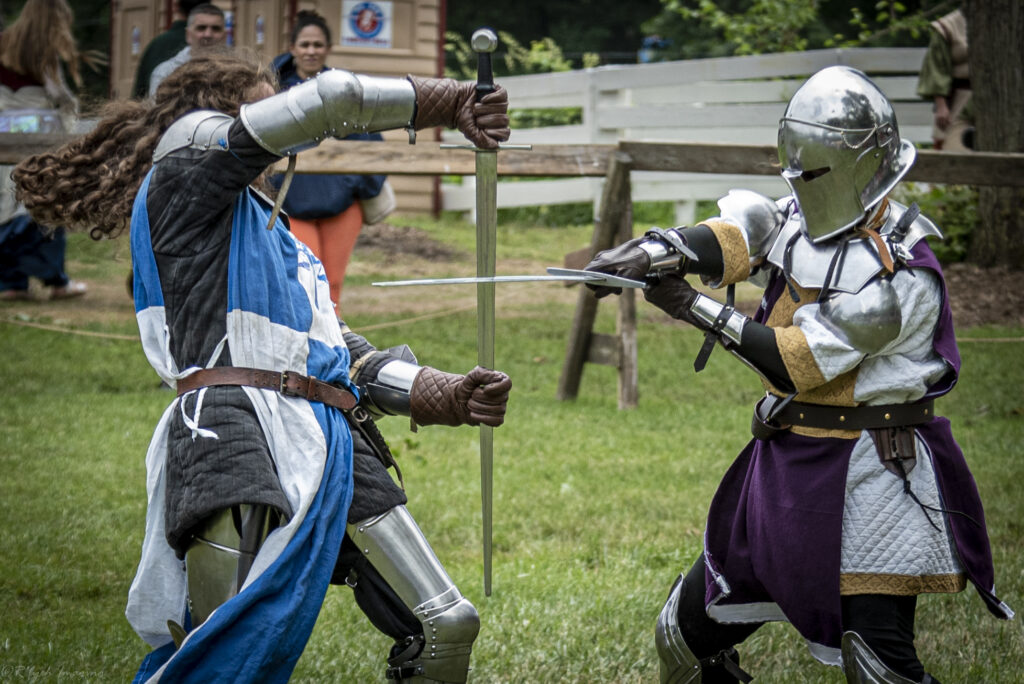
Routes and excursions from Casalarreina
The strategic location of Casalarreina makes it an excellent starting point for visiting other nearby destinations:
- Cuzcurrita de Río Tirón: with another castle and charming wine cellars. 9 minutes away via Av. de la Paz/N-232A.
- Villoslada de Cameros: a village nestled in the Sierra Cebollera mountains.1 hour and 14 minutes via the AP-68 and N-111 motorways (tolls apply).
- Alberite: a municipality steeped in history, 7 kilometres from Logroño. 45 minutes via the A-12 motorway.
- Sajazarra: recognised as one of Spain’s most beautiful villages. 10 minutes away via the N-232 and LR-209 roads.
In addition, the surrounding area offers gentle hiking trails through vineyards, historic paths and wooded riverbanks.
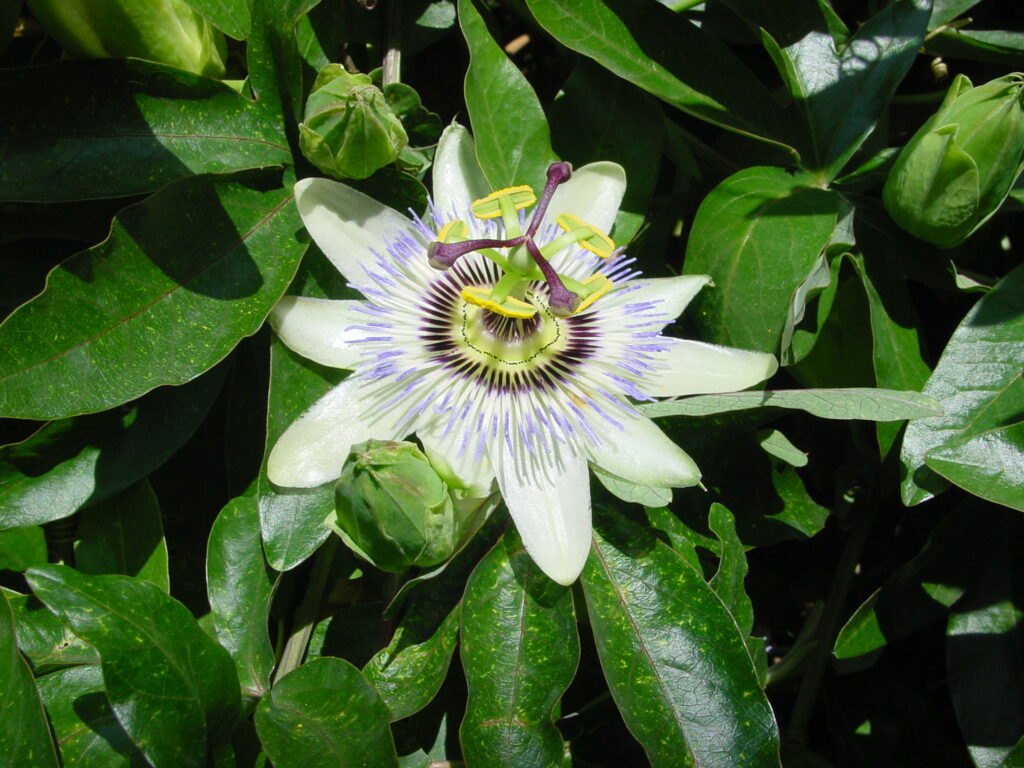
Accommodation in Casalarreina
Casalarreina has several charming accommodation options, from traditional rural houses to small hotels with character. Some are located in renovated historic buildings, which adds authenticity to the experience. It is an ideal place to stay if you want tranquillity, a good location and total immersion in the essence of La Rioja Alta. Here are the 3 options most highly rated by travellers who have previously visited Casalarreina:

Why visit Casalarreina?
Casalarreina is the perfect getaway for those looking for villages steeped in history, monumental architecture without crowds, good wine, peaceful walks and easy access to the big names in La Rioja tourism. Its monastery, river, festivals and heritage make this village a well-rounded destination. Discreet, but with soul. And that, in times of mass tourism, is increasingly valuable. To make the most of your getaway, here are some useful products you can purchase before your trip so that you are well prepared:
- Hiking shoes
- Snorkel set
- Compact microfibre towel
- Waterproof sun cream
- Polarised sunglasses
- Non-slip flip flops
- Anti-theft backpack
In this article you will find some affiliate links. If you book or buy something through them, you help us to continue creating independent and useful content, at no extra cost to you. Thank you very much for making this possible!
Photo Credits
Below are the photo credits in order of appearance. Royalty-free photos will not be listed below:
- Cover Image: R’lyeh Imaging, CC BY 2.0, via Wikimedia Commons
- Josi, CC BY-SA 4.0, via Wikimedia Commons
- Pigmentoazul, CC BY-SA 4.0, via Wikimedia Commons
- Pigmentoazul, CC BY-SA 4.0, via Wikimedia Commons
- Erpepelu, CC BY-SA 3.0, via Wikimedia Commons
- Josi, CC BY-SA 4.0, via Wikimedia Commons
- Josi, CC BY-SA 4.0, via Wikimedia Commons
- Juanje 2712, CC BY-SA 4.0, via Wikimedia Commons
- Lourdes Cardenal, CC BY-SA 3.0, via Wikimedia Commons
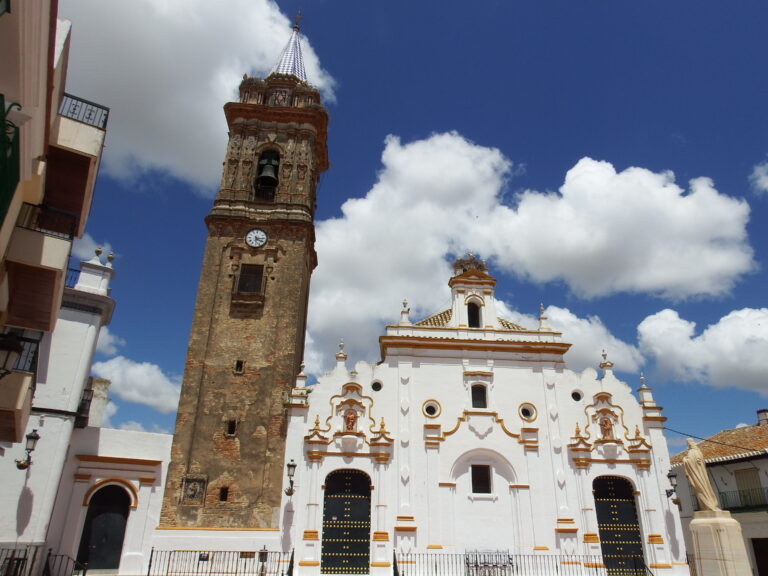

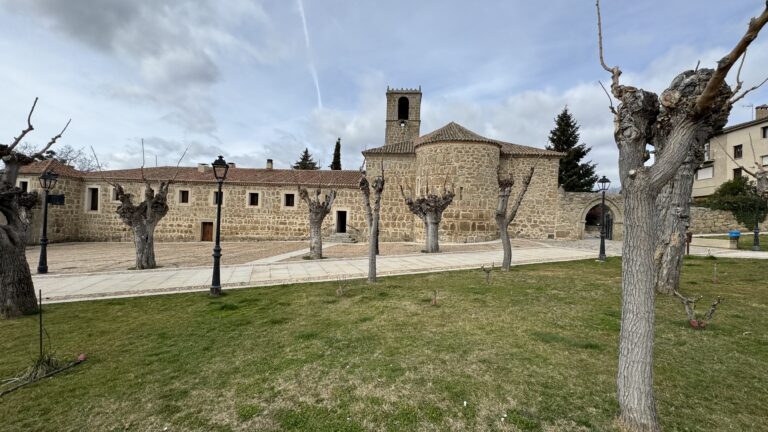
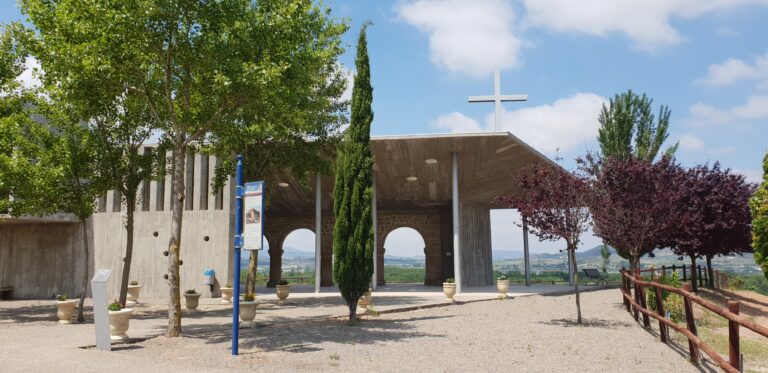
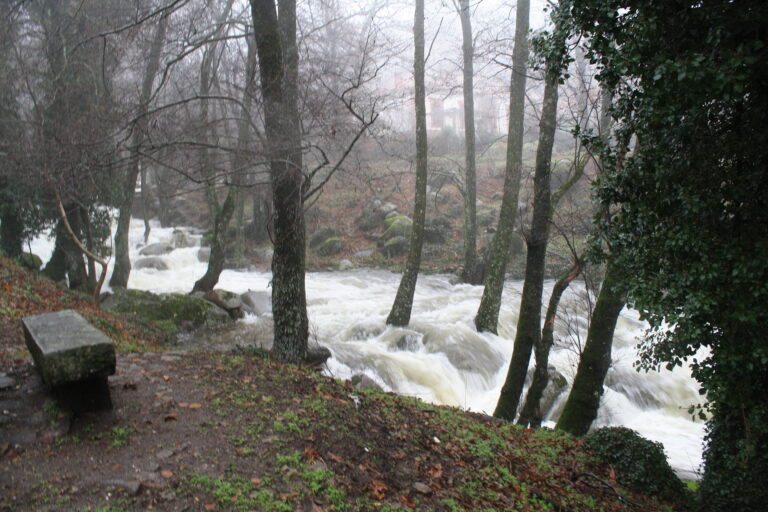
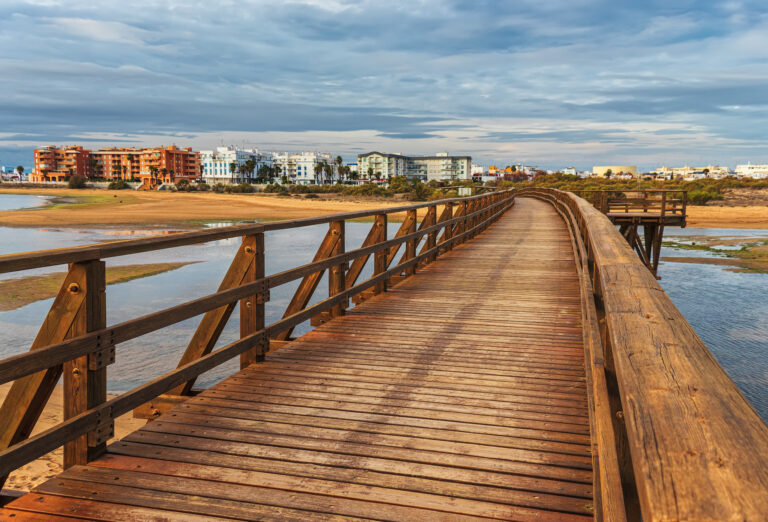
4 Comments